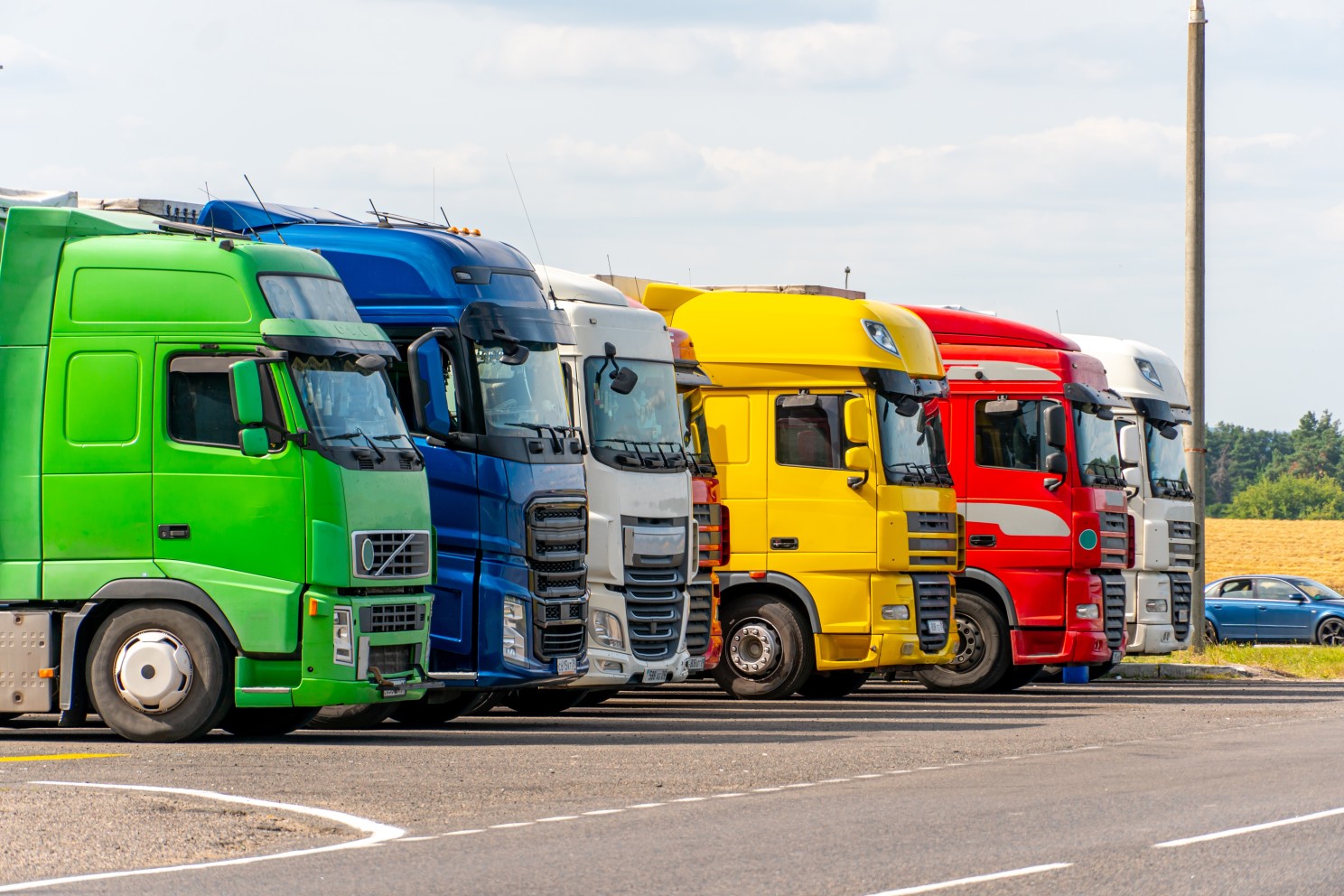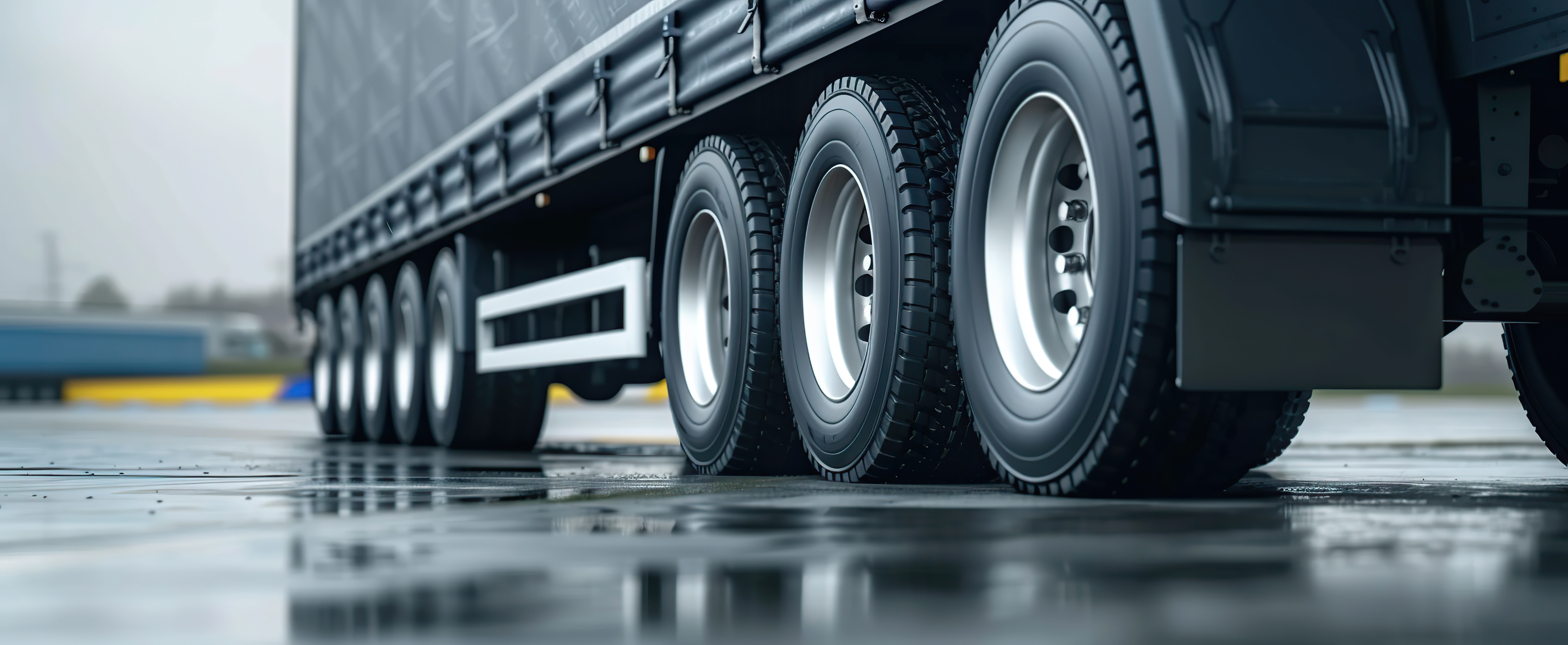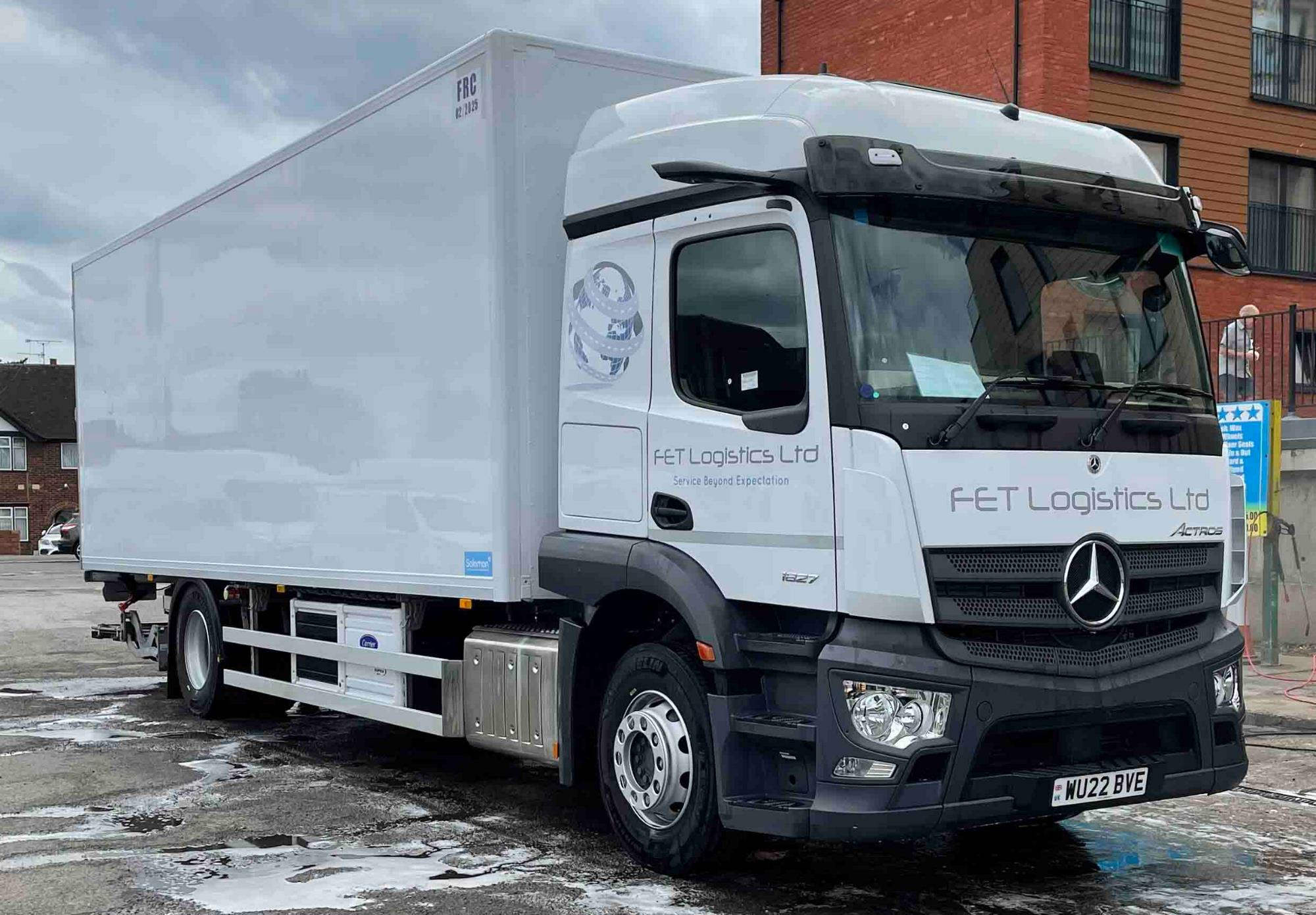
Josh Cousens
Lo que los gestores de flotas deben saber sobre la normativa de transporte de la UE
Creado: 07/04/2025
•
Actualizado: 07/04/2025
Sabemos que los gestores de flotas hacen malabarismos con la escasez de conductores, el aumento de los costes de combustible y la considerable tarea de mantener los camiones en regla. Ahora añádale una compleja red de normativas de transporte de la UE que evolucionan más rápido que el kilometraje de su flota. ¿Le suena familiar?
Bienvenido a la primera línea del transporte europeo.
Desde las normas sobre horas de servicio hasta los objetivos de emisiones, el panorama normativo de la UE es un reto y medio, pero también una hoja de ruta para un transporte más innovador, seguro y sostenible.
Tanto si dirige una empresa familiar en Polonia como si supervisa operaciones paneuropeas desde el Reino Unido, adelantarse a las normas no es opcional. Es supervivencia.
Por qué los gestores de flotas deben prestar atención
La normativa de transporte de la UE afecta a casi todos los aspectos de su actividad: horas de conducción, emisiones de los vehículos, controles fronterizos, aparcamiento y cumplimiento de la normativa digital. Quedarse atrás puede suponer multas, retrasos o pérdidas de contratos.
La buena noticia es que si entiende el sistema, puede utilizarlo en su beneficio. Conocer las reglas facilita que su empresa destaque entre la competencia.

Normativa de transporte de la UE que todo gestor de flota debe conocer
1. Las horas de los conductores y las leyes sobre tacógrafos
La Unión Europea tiene normas estrictas sobre el tiempo que los conductores pueden estar en la carretera. Los gestores de flotas deben asegurarse de que sus conductores:
- No conduzcas más de 9 horas al día (ampliables a 10 horas dos veces por semana).
- No conduzcas más de 56 horas a la semana.
- Haz una pausa de 45 minutos después de 4,5 horas de conducción.
Los tacógrafos digitales deben instalarse en todos los vehículos pertinentes para controlar el cumplimiento de la normativa. No hacerlo es uno de los motivos más comunes de sanción.
Más información sobre normas del tacógrafo aquí.
2. Paquete de movilidad
Este amplio conjunto de reformas está transformando el transporte transfronterizo. Entre los principales cambios figuran:
- Devolución periódica de los vehículos a su país de origen cada 8 semanas.
- Igualdad salarial para los conductores que trabajan en los países de acogida de la UE.
- Nuevas normas sobre cabotaje y desplazamiento de conductores.
Se trata de un cambio radical para los gestores de flotas que supervisan el transporte internacional.
Descubra más sobre el paquete de movilidad aquí.
3. Emisiones y normas medioambientales
Las zonas de bajas emisiones (LEZ), los objetivos de CO2 para los nuevos camiones y los incentivos para los vehículos eléctricos son sólo el principio.
Los gestores de flotas deben cumplir las normas de emisiones Euro 7. Entre ellas se incluyen:
- Conozca dónde se encuentran las zonas de bajas emisiones (especialmente en ciudades como París, Berlín y Milán).
- Invertir en tecnologías más limpias o modernizar los vehículos más antiguos.
- Hacer un seguimiento de los datos de emisiones para cumplir los requisitos de información.
4. Tacógrafos inteligentes y cumplimiento digital
La Unión Europea está impulsando el cumplimiento automatizado de la normativa:
- Los tacógrafos inteligentes son obligatorios en todos los vehículos nuevos.
- Estos dispositivos transmiten datos GPS y pueden ser escaneados a distancia por las autoridades.
- Las herramientas digitales de gestión de flotas ya no son un lujo: son su red de seguridad legal.
5. Normas transfronterizas de estacionamiento y descanso
Los gestores de flotas deben planificar los lugares de estacionamiento y descanso de acuerdo con las normas de bienestar de los conductores:
- Los conductores deben pasar periodos de descanso semanales fuera de la cabina.
- El aparcamiento vigilado de camiones se está convirtiendo en obligatorio en algunas regiones.

Preguntas frecuentes
¿Cuáles son las normas de la UE sobre horas de conducción para los conductores de vehículos pesados?
Los gestores de flotas deben asegurarse de que los conductores respetan los límites establecidos por la UE: 9 horas al día (con flexibilidad), descansos adecuados y límites máximos de conducción semanal o mensual.
¿Qué es el Paquete de Movilidad de la UE para camiones?
La reforma del Paquete de Movilidad garantiza la competencia leal, el bienestar de los conductores y una supervisión adecuada en el transporte internacional de mercancías y por carretera, con normas más estrictas sobre cabotaje, remuneración y devoluciones.
¿Qué ocurre si se infringen las normas del tacógrafo?
Los conductores que incumplen las normas del tacógrafo pueden esperar multas, posibles prohibiciones y una reputación dañada para la empresa. El incumplimiento no es sólo un riesgo: es caro.
¿Exigen los países de la UE normas de emisiones para los camiones?
Sí. La mayoría de los principales países y ciudades europeos tienen políticas estrictas y objetivos de emisiones para reducir la contaminación atmosférica de los vehículos, por lo que los operadores de flotas deben planificar con antelación.
Panorama general
Los gestores de flotas no sólo gestionan camiones; también gestionan el riesgo, el cumplimiento de la normativa y la reputación de su empresa. Comprender la normativa de transporte de la UE es la diferencia entre prosperar en el transporte moderno y quedarse atrás.
SNAP hace que ese trabajo sea más llevadero. Desde los pagos digitales hasta el aparcamiento de camiones y las soluciones de cumplimiento normativo, apoyamos a las personas que mantienen Europa en movimiento.
La normativa se endurece, pero ¿los gestores de flotas competentes? También se están haciendo más estrictos.
¿Está preparado para cumplir la normativa, seguir siendo competitivo e impulsar el futuro del transporte de mercancías? Desbloquee SNAP hoy mismo.



